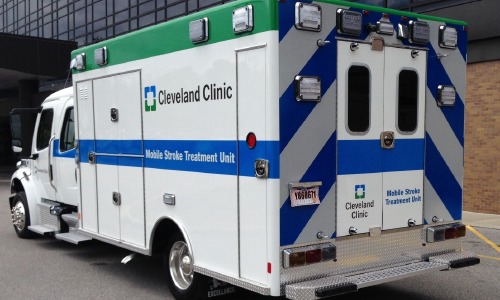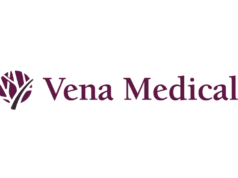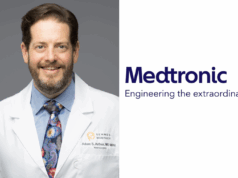
According to a study conducted by the Cleveland Pre-hospital Acute Stroke Treatment (PHAST) group and published in JAMA Neurology, mobile stroke treatment units can be made more resource efficient if the need for an on-site neurologist can be eliminated by relying solely on telemedicine for physician presence.
Ahmed Itrat and colleagues conducted a prospective observational study between July and November 2014 in the community-based setting of Cleveland, Ohio, USA. The participants were the first 100 residents of Cleveland who had an acute onset of stroke-like symptoms between 8a.m. and 8p.m. and were evaluated by the mobile stroke treatment unit after the implementation of the mobile stroke treatment unit programme at the Cleveland Clinic.
In the study, a vascular neurologist evaluated the first 100 patients via telemedicine, and a neuroradiologist remotely assessed images obtained by mobile computed tomography (CT). The data were then entered into the medical record and a prospective registry.
Investigators compared the evaluation and treatment of patients who used the mobile stroke treatment unit with a control group of patients who were taken to the emergency department via ambulance. The process times were measured from the time the patient entered the door of the mobile stroke treatment unit (for those in the mobile stroke treatment unit programme group) or from the time the patient entered the emergency department (for those in the control group), and any problems during evaluation were recorded.
Itrat et al report that 99 of 100 patients were evaluated successfully. They write, “the median duration of telemedicine evaluation was 20 minutes (interquartile range [IQR], 14–27 minutes). One connection failure was due to crew error, and the patient was transported to the nearest emergency department. There were six telemedicine disconnections, none of which lasted longer than 60 seconds or affected clinical care. Times from the door to CT completion (13 minutes [IQR, 24–47 minutes]) were significantly shorter in the mobile stroke treatment unit group compared with the control group (18 minutes [IQR, 12–26 minutes] and 58 minutes [IQR, 53–68 minutes], respectively). Times to CT interpretation did not differ significantly between the groups.”
Based on those findings, the investigators conclude that a mobile stroke treatment unit using telemedicine is feasible, with a low rate of technical failure, and may provide an avenue for reducing the high cost of such systems.
NeuroNews spoke with lead author, Ken Uchino (Cerebrovascular Center, Cleveland Clinic, Cleveland, USA) about the mobile stroke treatment unit programme and whether it has the potential to be implemented in other cities.
Is the mobile stroke treatment unit programme using telemedicine still ongoing in Cleveland?
Yes, it is still ongoing. We started in July 2014 just covering the City of Cleveland from 8am to 8pm seven days a week. We have expanded to several adjacent municipalities. There are plans to recruit more on-board personnel and expand the hours of operation.
Is this programme one that you think can be duplicated in other cities/countries?
Yes, I think it can be duplicated in other cities and countries where population density justifies the unit. Our programme is based on pioneering work in two cities in Germany and we have added the telemedicine component. Mobile stroke unit is being implemented in other cities in North America. University of Texas, Houston, started mobile stroke unit around the same time. University of Tennessee, Memphis, University of Colorado, Denver, and University of Alberta, Edmonton, are developing mobile stroke unit programmes. We hope to hear about their approaches and results in the future. We are organising a mobile stroke unit conference in May in Cleveland to hear about these.
What would be the steps towards implementation?
Aside from the obvious financial planning and building the physical unit, an important component in implementation are cooperation of mobile stroke unit operator (such as hospital, health system, university), area hospitals, and emergency medical service. Coordination of response from emergency medical service activation to communicating to personnel at receiving hospital are important. Another critical part of telemedicine in mobile stroke unit is having a good broadband internet coverage throughout the area.










